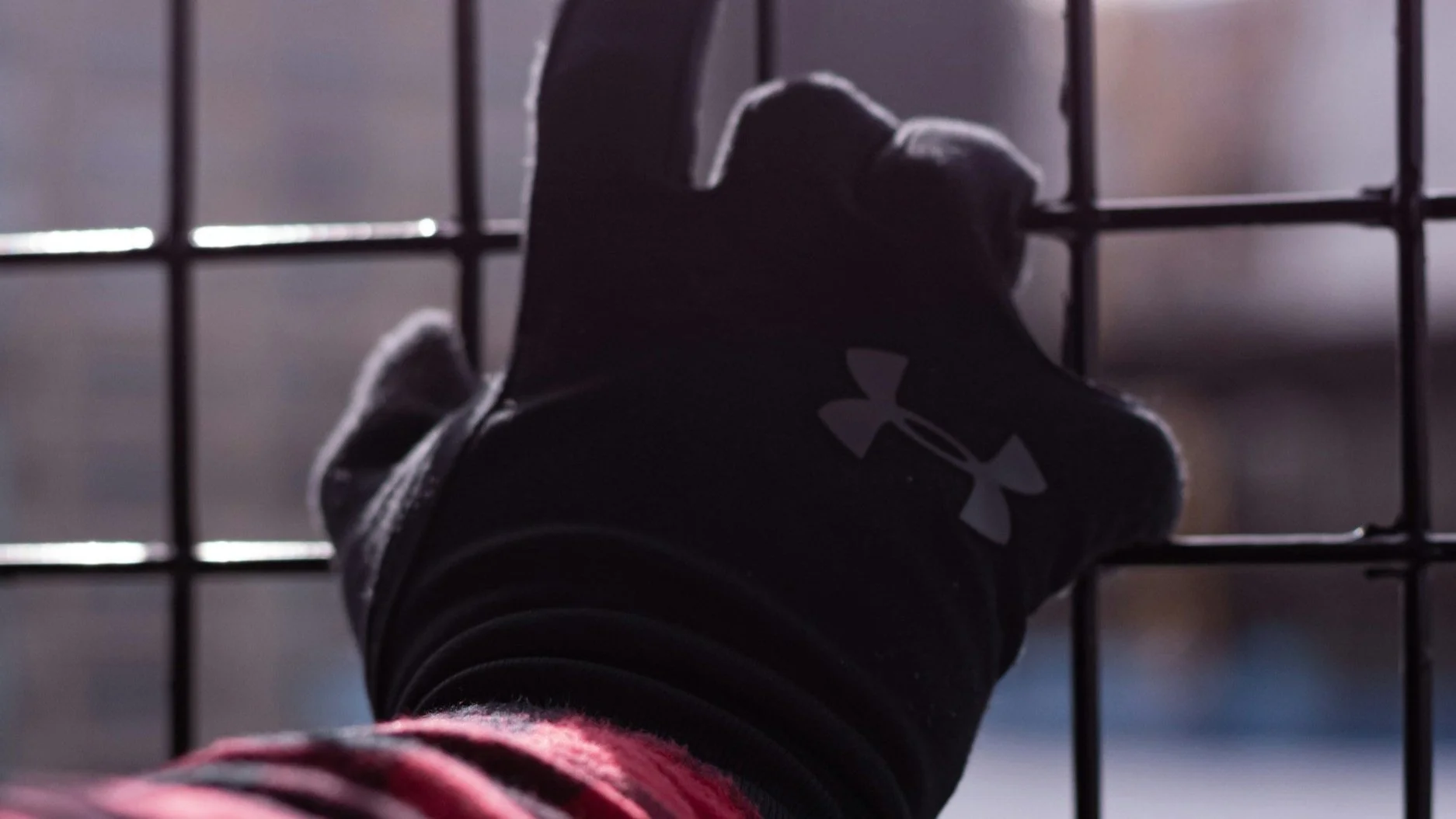Stimulus Interruption: How Guardian Screen Prevents Predator Behavior
What Is Stimulus Interruption and Why Does It Matter for Child Protection?
Stimulus interruption is a proactive safety strategy that prevents predators from initiating the psychological process that leads to child victimization. Instead of reacting after a child has been harmed, this method stops the behavior before it begins—by blocking predators’ visual access to children.
Most current safety tools (cameras, staff training, crisis protocols) are reactive, not preventive.
Stimulus interruption stops the process before it starts by removing the visual trigger predators depend on.
Guardian Screen is built on the research of Dr. Leslie Dobson, a forensic psychologist who studies predator behavior.
How Do Predators Begin the Process of Targeting Children?
Predators typically begin their cycle of harm with visual observation, not physical contact. This visual access allows them to build mental images that fuel fantasies and lead to dangerous behavior.
Predators with paraphilic disorders (like pedophilia) often begin by watching children—on playgrounds, online, or in public.
Dr. Dobson states: 'If they can see a child, they’ll take that image home and masturbate to it.'
This observation phase is critical because it creates a feedback loop that intensifies the predator’s obsession over time.
What Is the Escalation Pattern Predators Follow?
Predator behavior follows a predictable pattern: visual observation → fantasy building → desire for physical contact. Interrupting the process early can stop the escalation altogether.
Visual memory becomes sexual fantasy. Dr. Dobson: 'They imagine what they saw on the school playground.'
Without interruption, this fantasy grows stronger—eventually turning into a desire for physical touch.
Stimulus interruption cuts off the cycle early, reducing the risk of harm to children.
Why Is Visual Stimulus So Critical in Predator Behavior?
Visual observation is not passive—it’s the first and most crucial step in the psychological build-up to abuse. Predators collect and memorize visual details to fuel sexual fantasies, escalating their desire over time.
Predators build a 'mental catalog' from images of children they observe.
This visual catalog is used repeatedly to stimulate fantasies and strengthen obsession.
Dr. Dobson explains, 'They’ll take images... and they’ll masturbate to it.'
The longer the visual access, the more vivid and obsessive the fantasies become.
Predator fixation grows with each opportunity to observe children unnoticed.
How Does Stimulus Interruption Break the Escalation Cycle?
Stimulus interruption works by stopping the predator’s process at the very first stage—visual access—preventing the psychological chain reaction that leads to abuse.
Without access to visual stimuli, the predator’s fantasy cannot form or escalate.
Dr. Dobson: 'Stimulus interruption... stops the behavior full stop.'
Visual triggers are the foundation of predator behavior—removing them removes the fuel.
The method is rooted in behavioral psychology: remove the stimulus, remove the behavior.
Guardian Screen eliminates outside visual access, effectively disrupting the cycle.
Why Is Guardian Screen a Game-Changer for School Safety?
Guardian Screen is the first technology to apply stimulus interruption to school environments, cutting off the visual access predators need before harm can begin.
Chain-link fences protect physically, but fail psychologically—they allow full visual access.
Guardian Screen provides a visual barrier without compromising security.
Dr. Dobson: 'If we eliminate the visual access… we also eliminate potential [CSAM].'
Visual interruption also reduces the creation of child sexual abuse material (CSAM).
Guardian Screen is a deterrent—it makes the location less attractive to predators.


